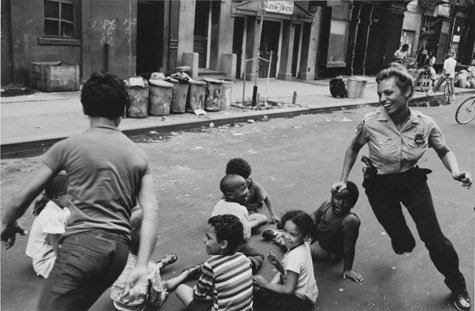
The cop? She’s just grinning, loving every second of the chase.
Leonard Freed clicks the shutter on his camera. Captured!
There’s nothing like a good game of Duck, Duck, Goose.
Back in the 1970s, the relationship between New York’s citizens and its police force was frequently less than congenial. The city was nearly bankrupt, crime was rampant, and you’d have been hard-pressed to name a job more thankless than NYPD officer.
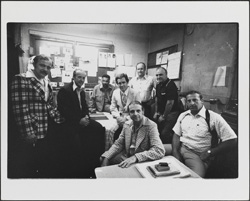
“Police Work,” an exhibition of Freed’s work at the Museum of the City of New York through March 18, is an incredible documentation of life as it was in “Fun City” (that’s what the mayor called it). There are the obligatory shots of pushers (that’s what we called ’em) showing off their bullet wounds and juvenile delinquents (ditto) being punky, but more importantly—especially to Freed himself—there are the photos of cops doing what cops do in the precinct, on patrol, in the community, at home.
“You get a sense of what the job is in totality—the terror, the violence, the horror, and sometimes the joy,” says Sean Corcoran, the museum’s curator of prints and photographs.
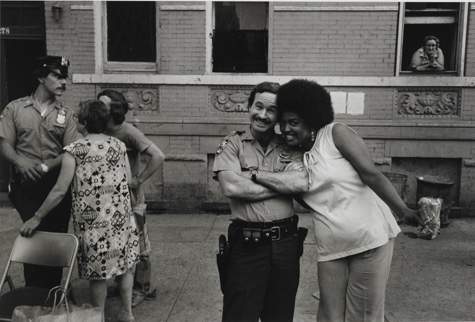
Like every good photojournalist, Brooklyn-born Leonard Freed wanted to tell a true story. But thanks to the interference of his editors, he nearly missed his chance and caused an international incident in the process.
In 1972, he received an assignment from the Sunday Times of London, which arranged for him to ride along with the NYPD for the better part of a year and to document everything he saw. “The access alone is unique,” Corcoran points out. “Today it’s unthinkable.”
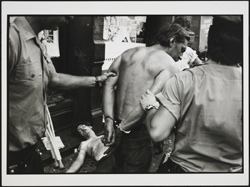
He went back and shot some more, producing the photos for a 1979 New York Times Magazine story called “Ninth Precinct Blues” and for his own 1980 book Police Work, which, according to Corcoran has a cult following among photographers.
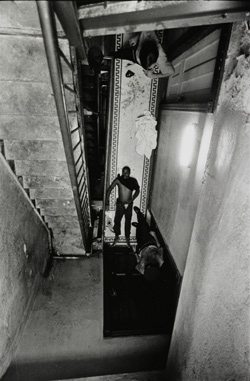
Police Work the book is out of print, but if you can nab a copy, do it. Or better yet, visit the Museum of the City of New York to see this exhibition (the photos are a recent acquisition). Police work, said Leonard Freed, is a “sometimes boring, sometimes corrupting, sometimes dangerous and ugly and unhealthy job.” It sure isn’t pretty, but somehow Freed’s photographs make you believe it’s beautiful.
All photos courtesty Museum of the City of New York, ©Leonard Freed / Magnum Photos
Leslie Gilbert Elman, author of Weird But True: 200 Astounding, Outrageous, and Totally Off the Wall Facts, would like to remind you—subtly—that books make excellent gifts. Follow her on Twitter @leslieelman.

Thanks so much. I remember that New York so well. I started working for the City in 1977. Am emailing this link to some old work pals.
This is so cool. The first photograph of the policewoman smiling as she chases the kid is my favorite.
I fell in love with these photos–even the grim ones–because they’re so “of their time.” The officer playing with the kids is definitely one of my favorites, too. And those detectives! Love them.
Who is the officer????
Who is the officer